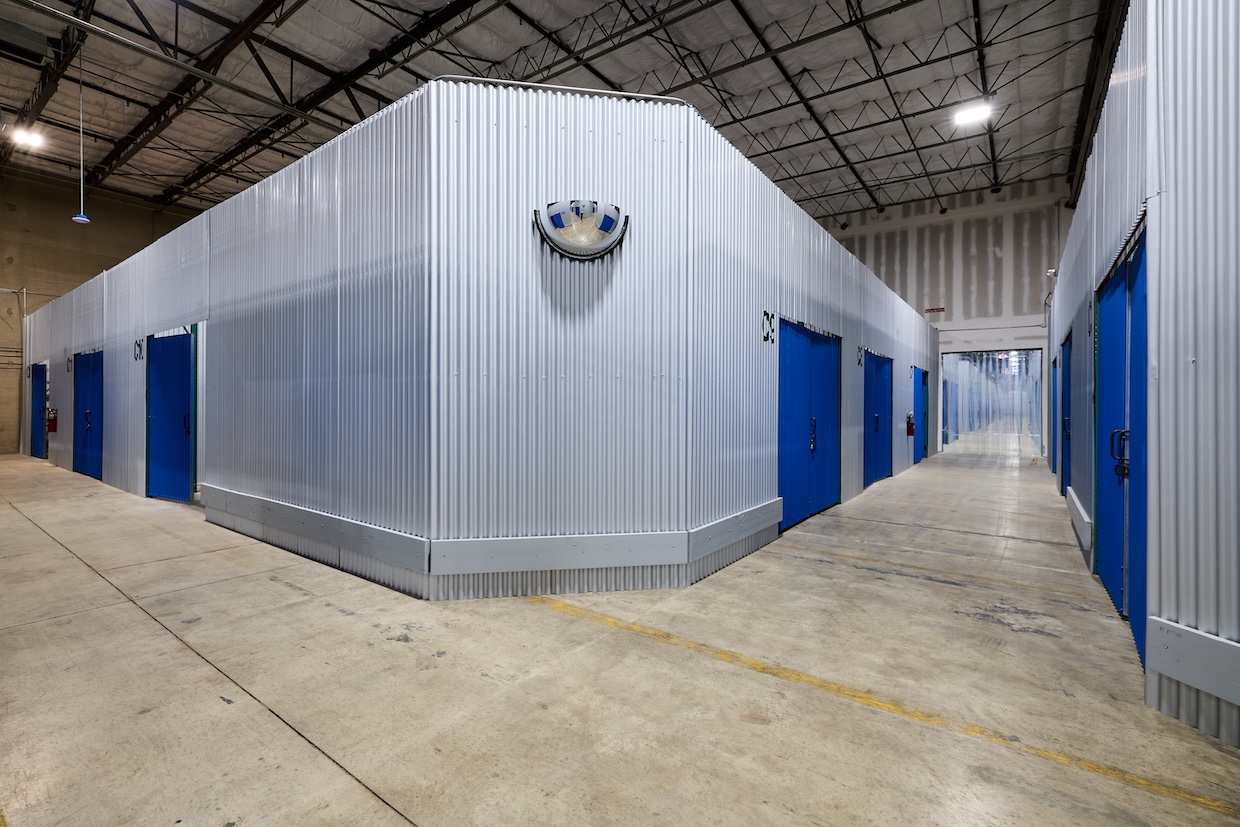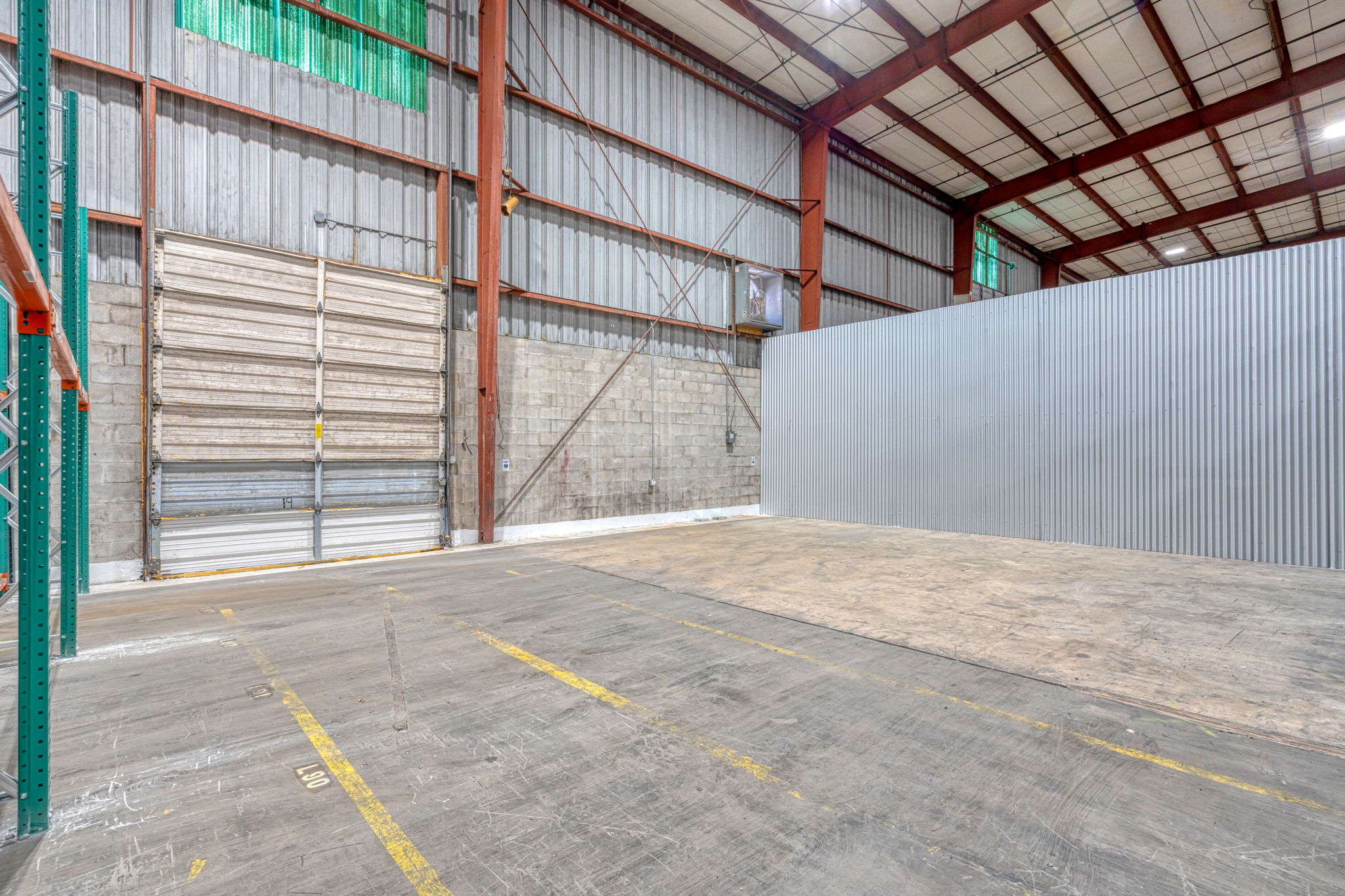The Beginner’s Guide to Leasing Your First Warehouse Space: Terms You Need to Know
Leasing your first warehouse space is a significant step for any growing business. However, the industrial real estate world comes with its specialized vocabulary that can be confusing and intimidating for first-time tenants. This guide breaks down the essential terms and concepts you’ll encounter during the warehouse leasing, helping you confidently navigate negotiations.
Lease Structure Terms
Triple Net (NNN) Lease
The most common industrial lease type where the tenant pays:
- Base rent
- Property taxes
- Insurance
- Maintenance costs
In a true NNN lease, you’re responsible for virtually all expenses related to the property, including structural components and common areas.
Modified Gross Lease
A middle-ground option where:
- Tenant pays base rent and some operating expenses
- Landlord typically covers structural components and common areas
- Specific responsibility split varies by lease
Full Service/Gross Lease
Less common in industrial properties, but sometimes used for flex spaces:
- Tenant pays one flat rental amount
- Landlord covers most or all operating expenses
- Often includes utilities and janitorial services
Base Rent
The fundamental lease payment, typically quoted as:
- Annual rate per square foot (e.g., $8.50/SF/year)
- Monthly payment for the entire space
Escalations
How your rent increases over the lease term:
- Fixed increases: Set percentage (e.g., 3% annually) or dollar amount
- CPI adjustments: Tied to Consumer Price Index
- Market rate adjustments: Adjusted to reflect market rates at specific intervals
Space Measurement Terms
Rentable Square Footage (RSF)
The total area you pay rent on, including:
- Your exclusive space (warehouse, office, mezzanine)
- Your proportionate share of common areas
Industrial Gross Square Footage
How warehouse space is typically measured:
- Usually measured from the outside walls
- Often includes your portion of shared walls
- Generally does not include a separate common area factor
Office Add-On Factor
For industrial properties with office space:
- Office areas may include a load factor (typically 10-15%)
- Accounts for corridors, restrooms, and shared areas within the office portion
Clear Height
Usable height from floor to lowest obstruction (beams, lights):
- Modern warehouses: 28-36+ feet
- Older buildings: 18-24 feet
- Determines stacking capacity and cubic storage potential
Financial Terms
Security Deposit
Upfront payment to protect the landlord:
- Typically 1-3 months’ rent
- May increase for tenants with limited history or credit
- Sometimes replaced/supplemented by a letter of credit
Operating Expenses
Ongoing costs to operate the building:
- Property taxes
- Insurance premiums
- Common area maintenance (CAM)
- Management fees
- Utilities (if not separately metered)
CAM (Common Area Maintenance)
Expenses for maintaining shared areas:
- Parking lot maintenance and lighting
- Landscaping
- Snow removal
- Common area utilities
- Exterior repairs
NNN Caps
Limits on how much operating expenses can increase:
- May apply to controllable expenses only (excludes taxes and insurance)
- Typically expressed as a percentage increase per year
- Important protection against unexpected cost increases
TI Allowance (Tenant Improvement Allowance)
Landlord contribution toward customizing the space:
- Dollar amount per square foot (e.g., $5.00/SF)
- Can cover offices, lighting, additional power, docks, etc.
- Often amortized into the rental rate
Lease Term Concepts
Lease Term
The total duration of your lease obligation:
- Industrial leases typically range from 3-10 years
- Longer terms often secure better rates and TI allowances
- Shorter terms provide more flexibility but less security
Option to Renew/Extend
Right to continue occupancy beyond the initial term:
- Specified number of additional years (e.g., two 5-year options)
- Renewal rent may be predetermined or set to “market rate”
- Must be exercised within a specific notification window
Right of First Refusal (ROFR)
Opportunity to match offers for adjacent space:
- Allows for potential expansion
- Typically time-limited (e.g., 5-10 business days to match)
- Can be valuable in tight markets
Early Termination Right
Ability to end the lease before the full term:
- Usually requires significant notice (6-12 months)
- Often includes a termination fee (e.g., unamortized TIs plus 2-3 months’ rent)
- Provides flexibility for uncertain business conditions
Building Specification Terms
Loading Docks
Elevated platforms for loading/unloading trucks:
- Dock high: Standard 48-52″ height for semi-trailers
- Dock levelers: Adjustable ramps that accommodate different truck heights
- Dock doors: Typically 8’x10′ or 9’x10′ openings
Drive-In Doors
Ground-level doors for direct vehicle access:
- Typically 12’x14′ or 14’x16′
- Allow forklifts and smaller trucks to enter the building
- Essential for businesses without dock-height deliveries
Column Spacing
Distance between structural support columns:
- Expressed as dimensions (e.g., 40’x40′)
- Wider spacing allows more flexible racking and equipment layout
- Premium feature in modern warehouses
ESFR Sprinklers
Enhanced fire suppression system:
- Early Suppression, Fast Response
- Allows for higher piling heights
- Typically required for modern high-cube warehousing
- May reduce insurance costs
Floor Load Capacity
Weight the floor can support:
- Measured in pounds per square foot
- Standard warehouses: 125-150 psf
- Heavy manufacturing: 250+ psf
- Critical for heavy equipment or dense storage
Lease Process Terms
Letter of Intent (LOI)
Non-binding document outlining major lease terms:
- Rent, term, TI allowance, options
- Serves as framework for the formal lease
- Usually 2-4 pages, not a binding commitment
Due Diligence Period
Time to investigate the property before committing:
- Typically 30-60 days
- May include building inspections, zoning verification
- Opportunity to confirm the space meets your operational needs
Estoppel Certificate
Document confirming lease terms and status:
- Verifies no defaults exist
- Confirms key lease provisions
- Often required by landlord’s lenders or potential buyers
Personal Guarantee
Individual commitment to lease obligations:
- Makes business owners personally liable for lease payments
- Common for small businesses and startups
- May be limited by time or amount
Space Planning Terms
Bay Size
Basic building block of warehouse layout:
- Area between structural columns
- Typically 40’x40′ to 60’x60′ in modern buildings
- Determines optimal racking and equipment layout
Office Build-Out
Construction of office space within warehouse:
- Typically quoted as cost per square foot
- May require separate HVAC and utility connections
- Usually 5-15% of total space in standard warehouses
Truck Court
Paved area for vehicle maneuvering:
- Depth measured from building to property line
- 120’+ depth ideal for full trailer movement
- Less than 100′ limits maneuverability
Power Requirements
Electrical capacity available to the space:
- Measured in amps, volts, and phase
- Standard warehouse: 200-400 amps, 120/208V, 3-phase
- Manufacturing often requires 600+ amps and 480V service
Negotiable Elements in Industrial Leases
Rent Abatement
Free or reduced rent period:
- Typically 1-3 months at lease beginning
- May be advertised as “1 month free on a 5-year lease”
- Often used as incentive instead of reducing the face rental rate
Tenant Improvement (TI) Allowance
Landlord’s contribution to customize the space:
- Can be negotiated based on lease term and credit
- Longer leases typically qualify for higher allowances
- Unused allowances sometimes convertible to free rent
Expansion Rights
Options to lease additional space:
- Right of first refusal on adjacent space
- Right of first offer when space becomes available
- Must-take expansion at predetermined dates
HVAC Maintenance
Responsibility for climate control systems:
- Maintenance contracts and regular service
- Repair responsibilities
- Replacement of aging units
Restoration Requirements
End-of-lease obligations:
- Whether you must return the space to its original condition
- Removal of specialized equipment and improvements
- Repairs for damage beyond normal wear and tear
Red Flags in Warehouse Leases
Undefined Operating Expenses
Vague language about what’s included in NNN charges:
- Lack of exclusions for capital improvements
- No caps on management fees
- Unclear audit rights for expense reviews
Excessive Security Requirements
Unreasonable financial protection:
- Large security deposits (4+ months)
- Both security deposit and personal guarantee
- Non-declining guarantees, regardless of payment history
Relocation Clauses
Allowing the landlord to move your operation:
- Can severely disrupt business
- May not adequately compensate for moving costs
- Should include limitations on distance and space quality
Hidden Costs
Expenses not clearly disclosed:
- After-hours HVAC charges
- Elevated management fees
- Mark-ups on services provided by landlord
- Restoration requirements at lease end
Resources for First-Time Warehouse Tenants
Professional Support
Experts who can guide your lease process:
- Tenant representation broker: Works specifically for your interests
- Real estate attorney: Reviews and negotiates lease terms
- Space planner: Helps determine accurate space requirements
- Commercial contractor: Estimates improvement costs
Pre-Lease Checklist
Essential steps before signing:
- Verify zoning allows your specific use
- Confirm ceiling heights and column spacing meet needs
- Test truck access with similar vehicles to your fleet
- Check floor condition and load capacity
- Verify power capacity meets equipment requirements
Timeline Expectations
Typical warehouse leasing process:
- Space search: 1-3 months
- Negotiation: 2-4 weeks
- Lease documentation: 2-4 weeks
- Build-out (if needed): 1-3 months
- Total process: 3-6 months before occupancy
Conclusion: Preparation Creates Leverage
Understanding these key terms and concepts puts you in a stronger position when negotiating your first warehouse lease. The industrial real estate market has its specialized language, and speaking it fluently helps ensure you secure space that meets your operational needs at fair market terms.
Remember that almost everything in a commercial lease is negotiable, particularly in markets with higher vacancy rates. Don’t hesitate to ask questions, seek clarification, and request modifications to terms that don’t work for your business model.
With proper preparation and professional guidance, leasing your first warehouse space can be a smooth process that positions your business for operational success and growth.
Looking for your first warehouse space? Search available properties on WareCRE to find options that match your business requirements.


